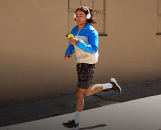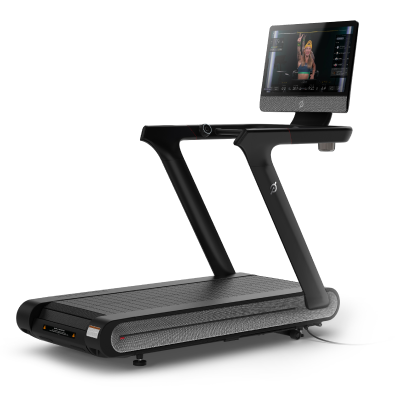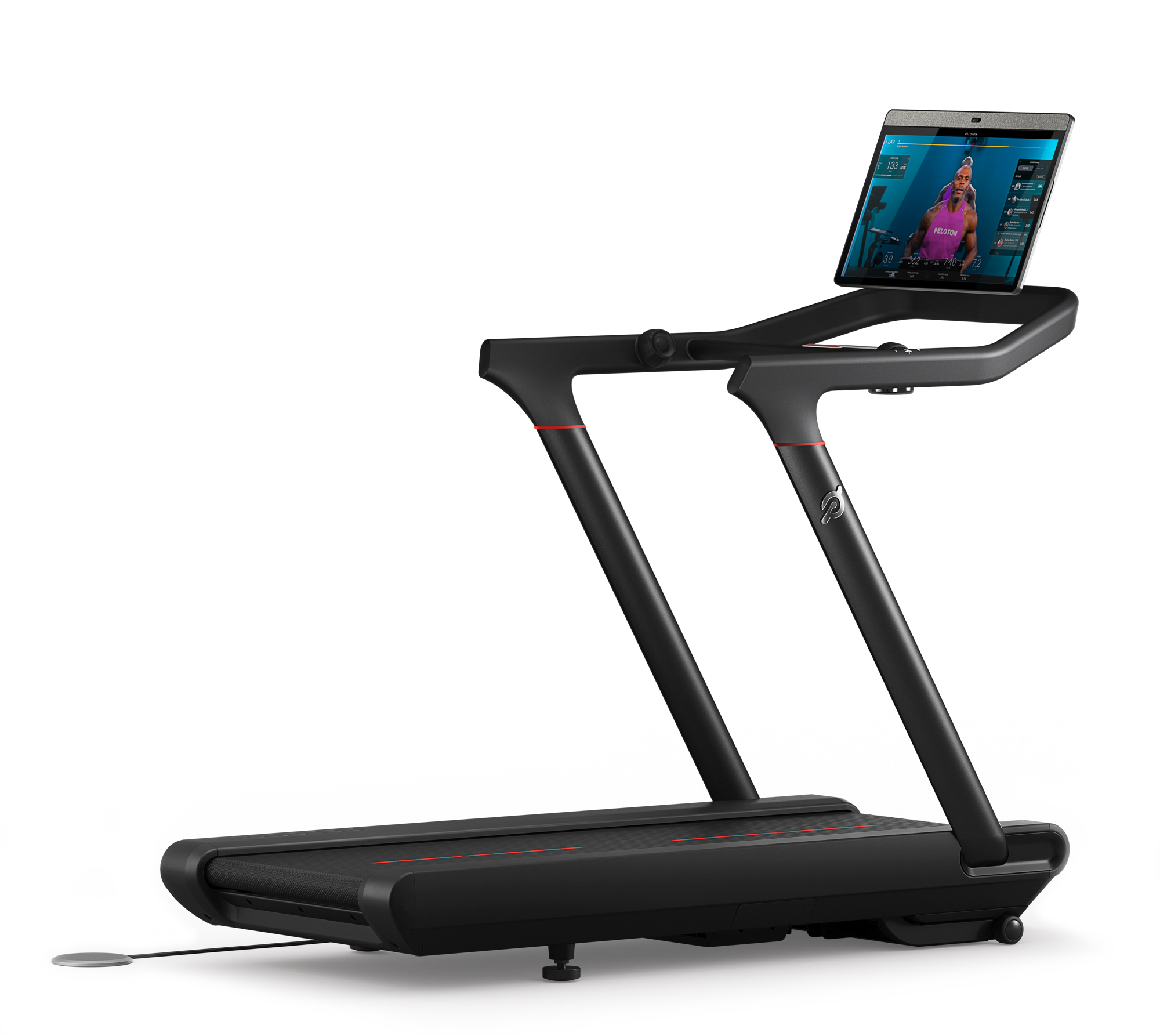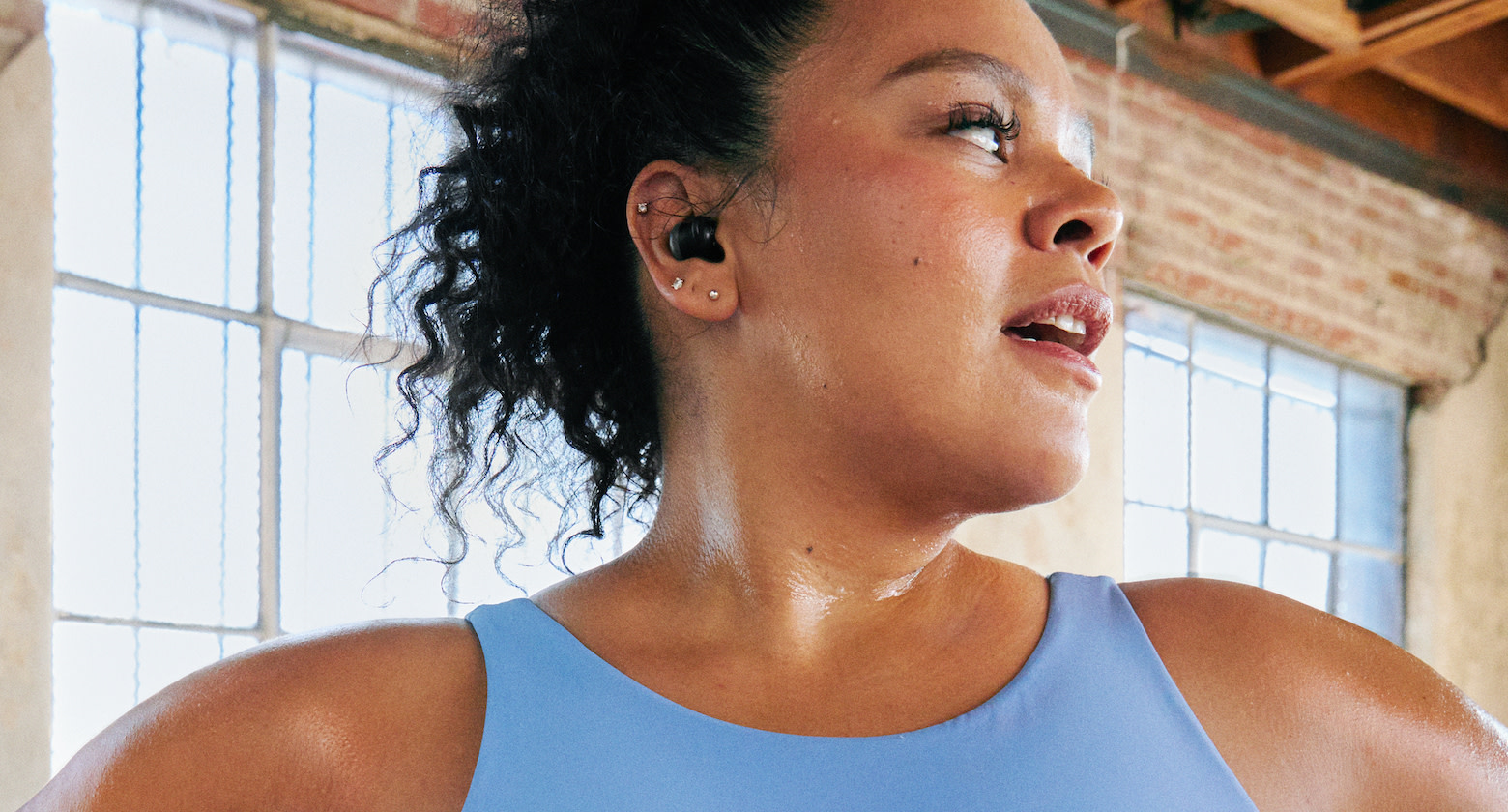
Elena Popova / Moment via Getty Images
What to Eat After a Marathon, from Finish Line to the Following Week
The traditional post-race burger is always on the table, but these additional fueling strategies will help your body recover.
By Jennifer Heimlich•
What to Eat After a Marathon
How to Rehydrate After a Marathon
Are There Any Foods to Consider Avoiding After a Marathon?
Plan How You’ll Refuel After Your Marathon
The Takeaway
When you cross the finish line of a marathon, it’s tempting to simply collapse on the ground, basking in the afterglow of your victory. But it’s not time for that quite yet! Aside from walking around a bit to keep your legs from turning into the Tin Man, you also need to eat something to replenish the fuel you just used up and jump-start that all-important marathon recovery process.
Figuring out what to eat after a marathon can be surprisingly tricky, however. That’s because our hunger cues can be a mess right after knocking out 26.2 miles. “We have this downward regulation of appetite after intense exercise,” says registered dietitian Stephanie Hnatiuk, RD, who specializes in working with runners. Your nervous system is still in flight-or-flight mode, and your blood flow is focused more on your muscles than your gastrointestinal (GI) tract, so you might not actually want to eat anything for that first hour or two—after which time you’re “probably going to feel really, really hungry,” Hnatiuk says.
But if you’re able to get in the right fuel at the right time, you’ll feel a lot less stiff and sore in the days that follow, Hnatiuk says. (Meaning: You won’t have to walk backwards down the stairs for quite so long.)
The key is figuring out exactly what to eat after a marathon to give your body the nourishment it needs in a way that feels not only appetizing, but also feels appropriately celebratory after pulling off such an epic feat. Don’t worry: There is a way to nourish your body with what it needs and also chow down on exactly what you crave.
What to Eat After a Marathon
First things first: Most of us turn to food as one way to celebrate our race, and there’s absolutely nothing wrong with that. “Enjoy your accomplishment,” Hnatiuk says. “Do whatever you want to do in order to enjoy the whole experience and enjoy the day.” This can be a time to relax and have whatever you feel like eating.
That said, just like after any workout, eating certain foods will help you recover faster after pushing your body to its max. In particular, sports dietitians recommend focusing on carbs and protein after a race like a marathon.
“We want carbohydrates to start the glycogen replenishment process—getting the fuel back into our muscles,” Hnatiuk explains. Any major endurance event like running a marathon uses up the glycogen stores in our muscles. Meanwhile, protein will help to repair the muscle tissue that you broke down over the past few hours, says registered dietitian nutritionist Danielle Crumble Smith, RDN. “It also helps to regulate your appetite,” she adds, noting this will keep you from feeling famished when that hunger kicks in.
The rule-of-thumb ratio after an intense endurance effort like a marathon is 4 grams of carbs to 1 gram of protein. And your body is better able to restore these nutrients if you start consuming them within half an hour or so of taking our final stride across that finish line.
So what does that look like in practice after a marathon? Here’s what sports dietitians recommend every step of the way.
Right After the Finish Line
Within the first 30 minutes or so of finishing your race, reach for a snack with that 4-to-1 carbs to protein ratio to get that recovery process started. A good amount to aim for at this point is about 20 grams of protein and 80 grams of carbohydrates, Hnatiuk says.
Many runners can’t stomach solid food immediately post-race, so you might want to drink your calories. “Liquids are usually pretty easy on the digestive system, and if they’re cold, [they] can also help bring that body temperature down more quickly,” Hnatiuk says. “And of course, they provide some rehydration as well.”
Some ideas she recommends include a couple cups of chocolate milk and a banana, a fruit smoothie with a scoop of protein powder, or a protein shake with half a bagel. (Just get the OK from a healthcare provider before trying any new protein powder supplements.) If you can handle solids, Crumble Smith recommends a Greek yogurt, granola, and berry combo to check off your carb and protein boxes, while also adding in some antioxidants from the berries. “And that’s easy to digest,” she adds.
Later In the Day
Hnatiuk says this is the time to ease up a bit on nailing the “perfect” post-marathon nutrition. “Celebrate yourself,” she says. But if runners do want suggestions for what’s going to help them refuel most effectively, she recommends focusing on getting consistent protein throughout the rest of the day, as well as some carbohydrates, antioxidant-rich fruits and vegetables, and omega-3 fats to help reduce inflammation and muscle soreness.
That might look like pasta with chicken and veggies, a turkey avocado sandwich with some fruit, or a baked potato with steak and veggies for lunch (or within a couple hours of crossing the finish). You could follow that with snacks of fruit and protein bars, hard boiled eggs, and cottage cheese throughout the afternoon. Then treat yourself to something that might feel a bit more indulgent, such as pizza with cheesecake for a celebratory dinner. (But again, the day’s exact menu is up to you—as always, eat whatever feels best for you while you’re basking in your epic accomplishment.)
The Next Day
Keep the carbs coming. “After a marathon, glycogen stores can actually remain depleted for up to 48 hours,” Crumble Smith says. “Continue to make sure that you’re fueling appropriately with an emphasis on balance, but carbohydrate sources are important.”
She says it’s not uncommon for your hunger to pick up in the day or two after a marathon, and she encourages runners to honor that. “Don’t be afraid of it,” she says. “It’s just your body trying to replenish everything. And it’s going to actually help fuel that recovery process.” That might mean you need to eat more often or pick up your protein intake.
The Following Week
Recovering from a marathon takes patience—and lots of healthy nutrients. “Yes, it seems like everyone and their grandma is running a marathon these days, but it’s a big deal,” Hnatiuk says. Just because you’re resting up in the days after your race doesn’t mean you should fuel yourself any less.
“The nutrition strategies that got us ready to run the marathon are very similar to the nutrition strategies that are going to help us with recovery after,” Hnatiuk says. That means focusing on high-quality lean proteins, complex carbs, and antioxidant-rich fruits and vegetables, while also eating regularly throughout the day.
Related Articles

Marathon + Racing
Feeling Bummed Out After Your Marathon? It May Be the Post-Race Blues—Here's How to Cope

Marathon + Racing
Running a Marathon? Here’s Everything You Need to Know About Recovery

Nutrition
What to Eat the Night Before a Race, Whether You’re Running a 5K or a Marathon

Nutrition
The Ultimate Guide to Marathon Training and Race Day Nutrition
How to Rehydrate After a Marathon
Of course, just as important as what you eat after a marathon is what you drink afterwards. Taking in plenty of fluids will help support blood flow to your damaged muscles. But your ideal post-race rehydration strategy somewhat depends on how you were hydrating during the race, how much you sweat, and how salty your sweat is.
“Some people incorporate electrolytes through the majority of the rice, in which case, then rehydrating with mostly water [afterward] is probably OK,” Crumble Smith says. Still, she says, you’ll likely feel best if you alternate between water and an electrolyte or sports drink, or even coconut water.
Are There Any Foods to Consider Avoiding After a Marathon?
By all means, let loose and enjoy what you want to eat in this moment. But consider, too, that what you eat will affect how your body feels in the hours and days that follow your race. Here are a few foods you might want to keep in check to give yourself a smoother recovery:
Limit fat (at first): For that immediate post-marathon snack, consider avoiding anything with too much fat. “Fat tends to slow down our digestion,” Hnatiuk explains. That can mean it takes longer for the protein and the carbohydrates to get to your hungry muscles. If you’re craving something fatty like french fries, try to save it for that real meal you’ll have a couple hours or so later, once you’ve already gotten some carbs and protein in your system, Hnatiuk suggests.
Keep any alcohol in moderation: Of course, many runners like to commemorate their race with a beer or glass of champagne. “Just understand that alcohol does interfere with and delay recovery,” Hnatiuk says. It also has a dehydrating effect. So if you want a drink, just keep it in moderation, she suggests—and be sure to have a glass of water or a sports drink alongside it to make sure you’re getting enough fluids.
Choose whole foods over chips or candy right after the finish: If you can’t stomach much immediately after your race, try to stick with whole foods over excessively sugary or ultra-processed snacks. “If you’re not very hungry after and that’s what you’re choosing to replenish with, you are depriving your body of essential nutrients,” Crumble Smith explains.
Skip the antioxidant supplement: Another potential pitfall after marathons? Antioxidant supplements. “Contrary to what we would assume—you know, antioxidants are good—but too much of a good thing can actually delay recovery,” Hnatiuk says. Post-marathon or not, experts say it’s generally better—and safer—to get your antioxidants from foods and drinks like berries, tart cherry juice, spinach, and so on.
Plan How You’ll Refuel After Your Marathon
You’ve probably precisely mapped out (and, ideally, practiced) your race-day breakfast and maybe even your dinner the night before. So don’t just wing it when it comes to what to eat after your marathon. “Nobody wants to be in a situation where you are ravenous and can’t get the food that you need,” Crumble Smith says.
For starters, you want to figure out what you’ll have access to immediately after crossing that finish line. Remember: It might take you more than 30 minutes to limp to your car or whatever restaurant you’re meeting friends and family at, so make a plan for that finish line area. Sometimes you can get a sense of what kinds of snacks will be provided by peeking at the race sponsors. “If there’s a bagel company or a protein bar company that’s sponsoring the event, those are probably going to be part of the snacks offered,” Hnatiuk says.
If you can’t figure out what the race will offer—or if you suspect none of the options will be appetizing in that moment—pack some food and drinks that you know work well for your stomach in your checked race bag. In particular, Hnatiuk says she often finds races don’t offer many fluid options. So set yourself up for success with the electrolyte drink you prefer, a shelf-stable bottle of chocolate milk or protein shake, maybe an additional bottle of water or a juice box, plus a banana and protein bar.
Also plan your bigger post-race recovery lunch or dinner ahead of time. If you’re traveling to a destination race, research what restaurants are available, when they open, how you’ll get there, and how long it will take (considering any race-day road closures). Crumble Smith suggests looking through menus to make sure there’s something you’ll actually want to eat. And consider a backup choice just in case you encounter an unreasonable wait time. “Sometimes if it’s a small town, restaurants might be packed,” Crumble Smith warns.
The Takeaway
When you cross the finish line of a marathon, you’ve just done something pretty epic. It’s likely taken months of dedicated training to get you there. So you have every right to live it up and treat yourself to whatever you feel like feasting on. “I don’t want people to feel like they cannot do the burgers, fries, and beer if they want to,” Crumble Smith says. Just be mindful of everything you’re eating overall so you still get the nutrients your body needs for recovery. That means a hefty dose of carbohydrates and protein, plus some omega-3 fats and antioxidant-rich fruits and veggies later in the day.
Keep the good stuff coming even as you’re resting up in the days that follow. Remember: What you eat after a marathon can make a major difference in how your body feels in the days that follow. With the right approach, you’ll be ready to sign up for your next race before you know it.

Peloton App
Access thousands of classes with no equipment needed.
This content is for informational and educational purposes only and does not constitute individualized advice. It is not intended to replace professional medical evaluation, diagnosis, or treatment. Seek the advice of your physician for questions you may have regarding your health or a medical condition. If you are having a medical emergency, call your physician or 911 immediately.
Explore Peloton Treads
Take your runs to the next level
Lace up and enter your email to get articles, instructor tips, and updates from Peloton sent to your inbox.
By providing your email address, you agree to receive marketing communications from Peloton.
For more about how we use your information, see our Privacy Policy.





